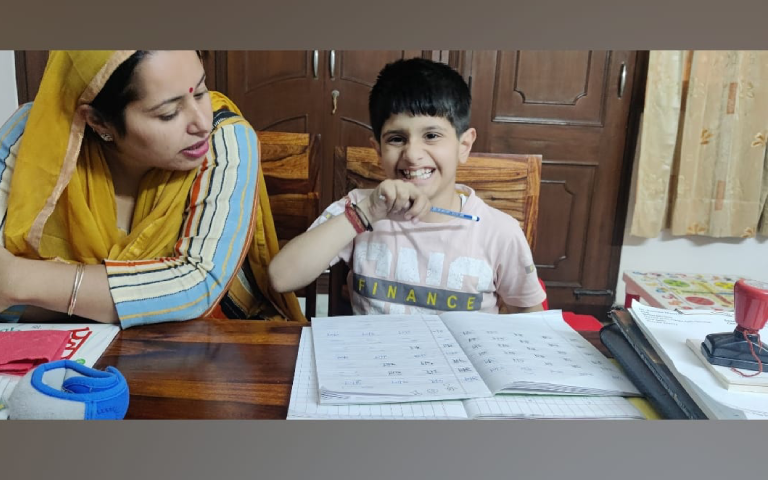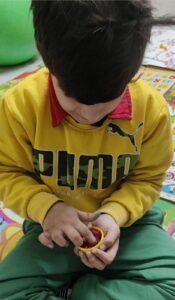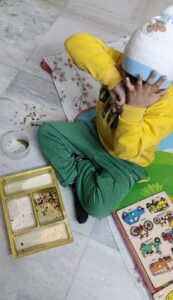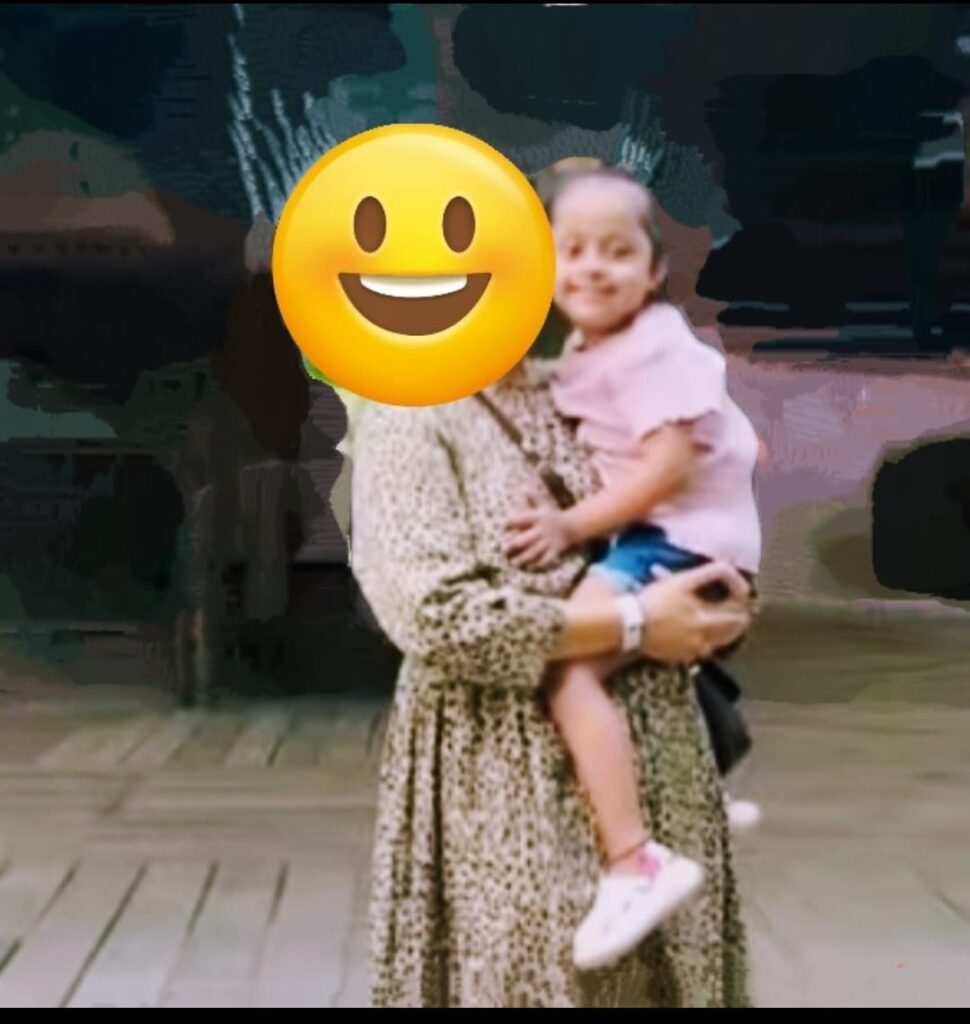
Autism spectrum disorder is a complex neuro development condition that affects social interaction, communication, behaviour and sensory processing. It is characterized by a wide range of symptoms and levels of impairment, which is why it’s called “spectrum disorder”. ASD typically becomes apparent in every childhood, and its severity can vary significantly from one individual to another.
Engaging in repetitive actions and activities, such as putting objects into lines or groups etc
It is important to remember that these are signs and characteristics that babies and toddlers with autism may display, but they are by no means definitive, and their or absence should not be taken by parents or carers as conclusive evidence of autism or otherwise. Instead, baby or toddler displays some of the characteristics of autism outlined above, or is developing at a different rate to other children of their age ,it is it is important that you get the advice of a medical professional ,such as your GP, a nurse or a health worker.

To get attention (Positive or negative)
To escape an uncomfortable situation
To get something -Be it a desired activity or object



To increase or decrease sensory input- For example, to escape an uncomfortable sound, sight or other sensation or to get more of an enjoyable one (As you may know, sensory aversions and stimulating repetitive behaviors are particularly common among people with autism.

Learning Disabilities are a group of neuro developmental disorders that can significantly hamper a person’s ability to learn new things. As a result, the person may have trouble with tasks such as speaking, reading, writing, paying attention, understanding information, remembering things, performing mathematical calculations or coordinating movements
like dyslexia, dysgraphiya, dyscalculia.

Intellectual Disability or ID is a term used when a person has certain limitations in cognitive functioning and skills, including conceptual, social and practical skills, such as language, social and self-care skills.
There are many different signs and symptoms of intellectual disability that can exist in children and will vary depending upon specific characteristics. The signs and symptoms may 1st become apparent in infancy or in some cases may not be
noticeable until the child reach school age. Some of the most common symptoms can include:-learning and developing more slowly than other children same age.

A congenital disorder affecting movement, muscle tone or posture. Cerebral palsy is due to abnormal brain development, often before birth. Cerebral palsy is usually caused by a problem that affects the development of a baby’s brain while it’s growing in the womb.
Symptoms of cerebral palsy usually appear in the first few months of life, but money children are not diagnosed until age 2 or later. In general, early signs of cerebral palsy include:

A baby with Down syndrome have an extra copy of chromosome 21, which changes how the brain and body develop. People without the syndrome may have physical problems, learning problems and distinct physical features. Many people with Down syndrome are healthy but some need medical care for birth defects or other health conditions. Talk to a healthcare provider or a genetic counsellor to learn about testing for Down syndrome.
